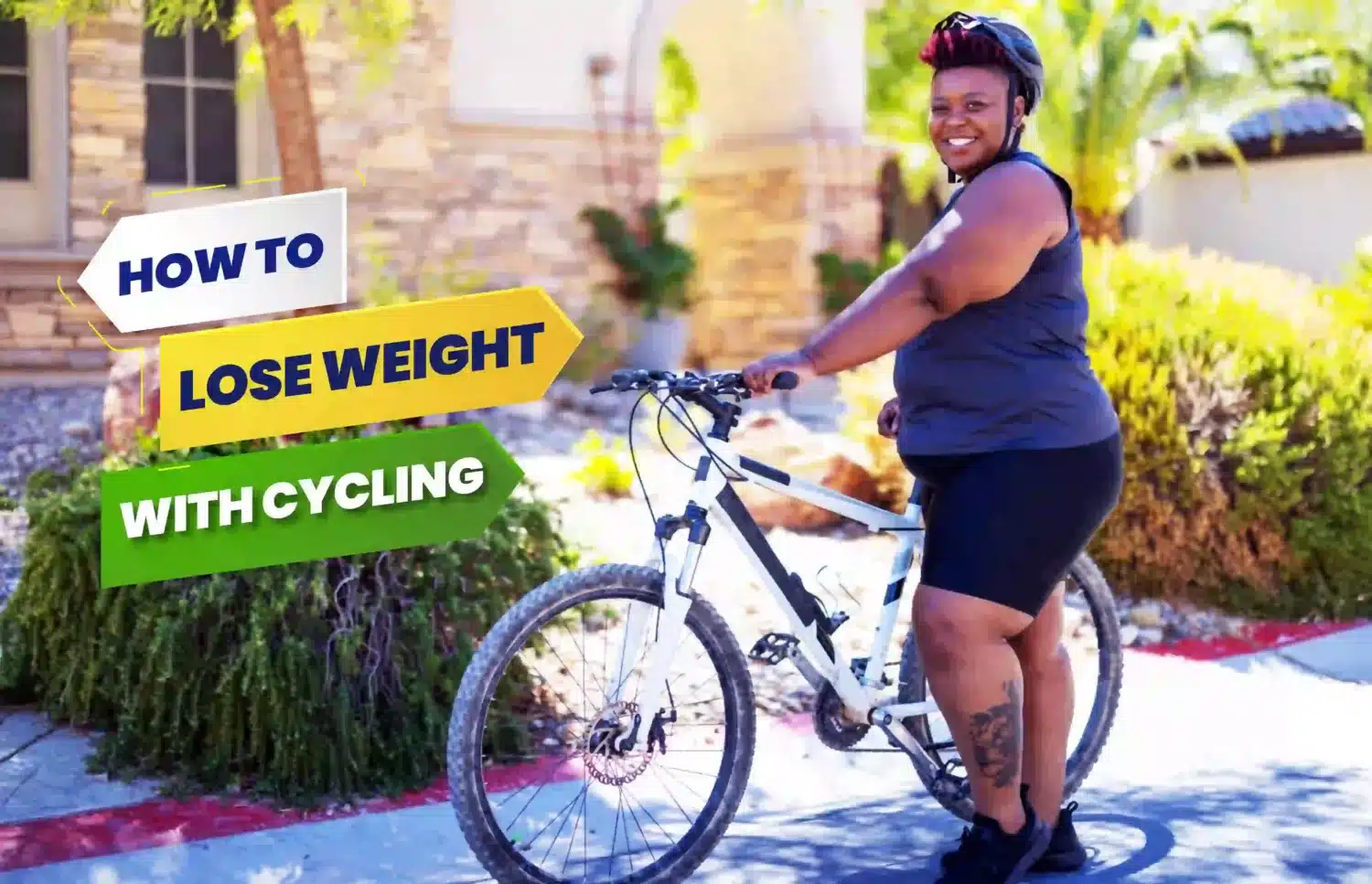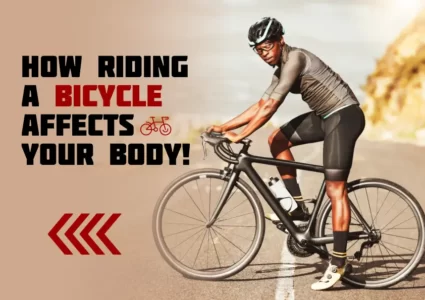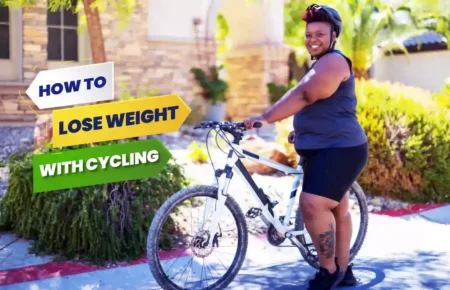Cycling is often seen as a good low-impact option for aerobic exercise. It allows you to get your heart rate up with less wear and tear on your knees, ankles, and other joints, compared with running or jogging. It’s also a good way to help you shed extra pounds. That’s because you can burn an impressive number of calories while you’re pedaling, especially if you cycle beyond a leisurely pace. If you’re looking to lose a few pounds with your biking workout, here are four key strategies for weight loss.
1. Increase the intensity
Pedaling along at a leisurely pace probably won’t do much to help you lose weight. However, if you push yourself to work harder and up the intensity of your ride, you’ll make more progress toward your weight loss goal. As a general rule, the faster you cycle, the more calories you’ll burn. That’s because your body uses more energy to cycle faster. And the more calories you burn, the more weight you’ll likely shed. Steady, moderate cycling burns about 300 calories in 60 minutes, but you can burn more than that if you increase the intensity. In fact, according to the Harvard Health Letter, a 155-pound person can burn as many as 298 calories in a 30-minute bike ride, if they pedal at a 12-to-13.9 mile-per-hour pace. A person who weighs 185 pounds can burn 355 calories by cycling at this pace.
2. Opt for high-intensity interval training (HIIT)
HIIT can be a great way to challenge your body and, yes, even reduce fat and lose weight, if that’s your goal. HIIT involves short bursts of intense exercise alternated with intervals of low-intensity exercise. With biking, a HIIT workout may look something like this: Cycle as fast as you possibly can against high resistance for 30 to 60 seconds.
Then, do 2 to 3 minutes of easy cycling with low resistance.
Repeat this pattern for the next 20 to 30 minutes.
This type of exercise can help you burn more calories in less time. The benefits don’t stop there. When you stop pedaling and your workout is over, your metabolism remains engaged. This means your body continues to burn calories at a higher rate, even after your workout is done and your body has returned to its normal, resting state.
Then, do 2 to 3 minutes of easy cycling with low resistance.
Repeat this pattern for the next 20 to 30 minutes.
This type of exercise can help you burn more calories in less time. The benefits don’t stop there. When you stop pedaling and your workout is over, your metabolism remains engaged. This means your body continues to burn calories at a higher rate, even after your workout is done and your body has returned to its normal, resting state.
3. Go further
Just when you think you’ve had enough, try to go a little further. That’s the idea behind endurance training. Research suggests that endurance training might help burn fat, which may help with weight loss. Ideally, you want to start slowly when you’re trying to build endurance. So, if you start with 10 to 15 minutes of cycling in one session, you could then slowly add on a few minutes to each session until you’ve reached at least 150 minutes of cycling in a week.
4. Try cross-training
If you don’t like getting locked into one activity, cross-training may be for you. It’s a great way to add variety to your workouts by alternating activities. For instance, you might hop on your bike for a long outdoor ride one day, then head over to the gym to lift weights the following day. ACE also suggests incorporating two activities into one cross-training session to boost weight loss. For example, you could ride a bike for 20 to 30 minutes, then try another activity for an additional 20 minutes. If you prefer to take your bike out into the great outdoors, you have several options, such as road biking, trail biking, or mountain biking. You could even ditch your car and try biking to work or using your bike to run errands. But it can’t be a one-time thing. You need to make biking a regular part of your exercise routine if you want to use this type of exercise to lose weight. You can track your mileage or intensity with various apps too. Using a fitness tracking app may also help you stay motivated to reach specific goals.
How to bike safely
Biking, especially in the great outdoors, can come with great experiences. To stay safe while you’re biking, be sure to follow these safety tips: Wear a helmet. This might go without saying, but a helmet protects your head (and your brain) in the event of a collision or a fall. Make sure it fits your head snugly. Ideally, go for a brightly colored helmet that’s easy for others to see. Ride single file. If you enjoy biking with a friend, let one person lead. The follower should leave some space in between.
Ride on the right side of the road. You want to pedal in the same direction that car traffic is flowing. Use hand signals. Let drivers and other riders on the road know that you’re planning to turn or take other actions.
Forego the electronics. Don’t wear headphones or anything that might impair your ability to hear other vehicles around you. Keep an eye out for road hazards. Uneven terrain, potholes, standing water, and other potential hazards could be dangerous, so be on the lookout for them. Take care of your bike. Make sure to keep your bike in tip-top condition by performing regular maintenance and spot checks to make sure the chains, wheels, brakes, and other parts are in good working order.
Ride on the right side of the road. You want to pedal in the same direction that car traffic is flowing. Use hand signals. Let drivers and other riders on the road know that you’re planning to turn or take other actions.
Forego the electronics. Don’t wear headphones or anything that might impair your ability to hear other vehicles around you. Keep an eye out for road hazards. Uneven terrain, potholes, standing water, and other potential hazards could be dangerous, so be on the lookout for them. Take care of your bike. Make sure to keep your bike in tip-top condition by performing regular maintenance and spot checks to make sure the chains, wheels, brakes, and other parts are in good working order.
The bottom line
If you’re trying to lose weight, or want to maintain weight loss that you’ve worked hard to achieve, biking can be a great way to achieve this goal. To maximize your weight loss and fat burn, try to increase the intensity or duration of your biking workout. Doing interval training and cross-training can also help with weight loss and fat-burning efforts. If you have a health condition or haven’t exercised in a while, be sure to check with your doctor to make sure a biking workout is safe for you.



